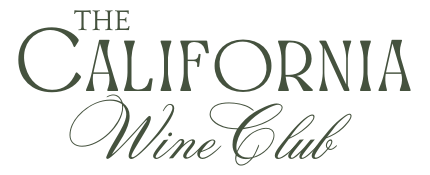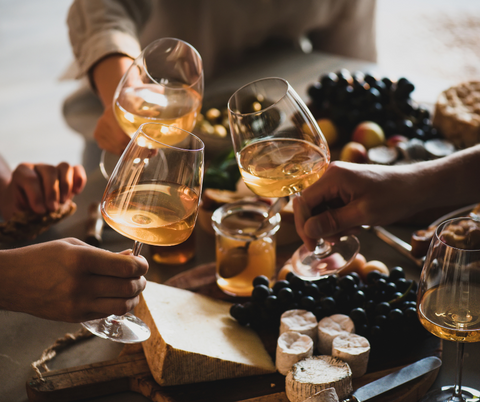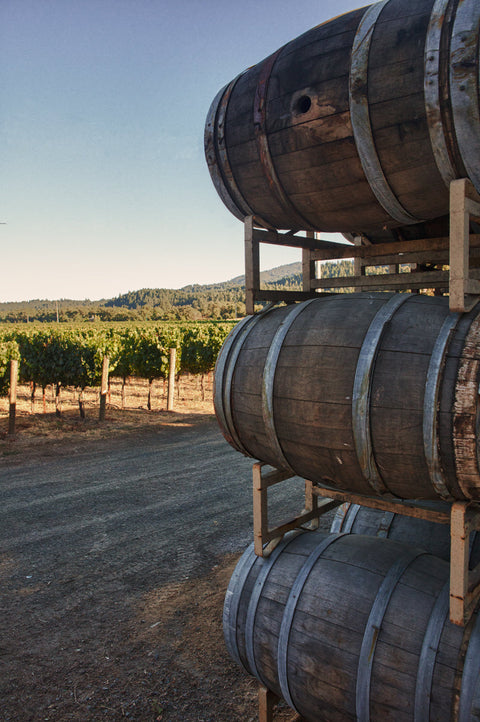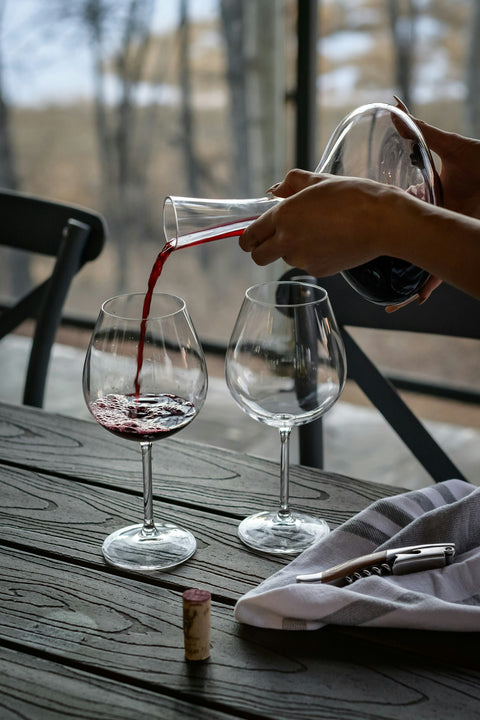Orange Wine is the darling of the wine world, and we are featuring our first-ever orange bottling, a Pinot Gris from Scenic Valley Farms in the Willamette Valley of Oregon. We asked Scenic Valley Farms’ Winemaker Gabriel Jagle to give us the scoop on this trendy wine.
“Let’s get this out of the way first, I have no idea why Orange Wine is so popular,” says Gabriel. “Much like the Rosé trend that came and went, or the Sparkling trend that is going full speed right now, I am not the one making waves, I’m just riding the surf. I think every wine has the potential to be great and the potential to be terrible. My tastes are mostly driven by what I’m having for dinner as opposed to what is trendy. I will say that in the Willamette Valley, Orange Wine has become an increasingly popular method for making Pinot Gris because it adds depth of flavor and layers of complexity to the wine. How does it do that? Well, that leads us to the question that is easier to answer….
What is Orange Wine?
My simplest explanation is that Orange Wine is made by treating White Wine grapes like Red Wine grapes. What does that mean? Well, White Wines are usually pressed immediately after harvest, and then the juice is fermented. Red Wines ferment as whole berries, and the juice is not pressed off until fermentation is complete. When you take a White Wine grape like Pinot Gris or Gewürztraminer and ferment it on its skins, you’ve got a wine that’s not quite a White Wine, not quite a Red Wine, and not quite a Rosé. Voilà, Orange Wine!
About the Grapes
This doesn’t work for every White Wine grape. Some grapes, like Chardonnay or Pinot Blanc, are green grapes, and no amount of skin contact will turn them into anything other than a golden yellow color. Pinot Gris (or Grigio) literally translates into Gray, because it is a translucent red berry that lives in the gray area between black grapes (like Pinot Noir) and green grapes (like Pinot Blanc). That is why it’s such a great candidate to turn into Orange Wine.
How Was Our Featured Wine Crafted?
For our 2022 Pinot Gris, we only treated about one-third of the grapes like Red Wine, fermenting them for 21 days on their skins before we pressed. This allowed us to get Red Wine flavors like cherry and strawberry, as well as tannins that give the wine structure. We then treated one-third of the grapes like White Wine, pressing them immediately after harvest. This gave us more traditional Pinot Gris flavors like peach and apricot, and that lovely soft texture of a White Wine Pinot Gris. With the final one-third, we used a method called ‘carbonic maceration’, wherein we put the grapes in a sealed container filled with dry ice for about ten days. This forced the grapes to breathe co2 instead of oxygen, and created a wine that is soft, fruity, and fun. When we blended those three different versions of Pinot Gris together, it resulted in something that has the intensity of flavor, complexity, and depth to be a truly special wine. And if you look in your glass, it does have a distinct orange color.
We hope you like it. Now that you know what it is, drink it quick, before chillable red wine takes over in popularity!”
About Scenic Valley Farms
In 1970 Bob Zielinski and his wife, Pam, started their family on a piece of land in the Willamette Valley that would grow into Scenic Valley Farms. Today Scenic Valley grows over a thousand acres of pears, wheat, hazelnuts, hops, grass seed, and wine grapes. Bob built a business that is self-sustainable, with an abundance of resources and skillsets. “If something is broken, we fix it instead of replacing it,” says second-generation Vineyard Manager Brian Zielinski. “That farm mentality flows into the winery and gives us the ability to over-deliver on price and quality in every bottle.” Winemaker Gabriel Jagle uses natural winemaking techniques like wild yeast, carbonic maceration, and low sulfur, with the ultimate goal of making wines that are clean and delicious. Learn More





Comments (0)
There are no comments for this article. Be the first one to leave a message!